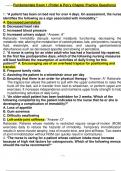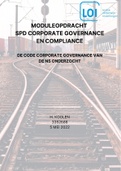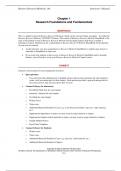Exam (elaborations)
Test bank fundamentals of nursing (11th) by potter perry complete guide chapter 1-50 latest test bank 100% verified answers (new version) pdf
Test bank fundamentals of nursing (11th) by potter perry complete guide chapter 1-50 latest test bank 100% verified answers (new version) pdf 2024
[Show more]












